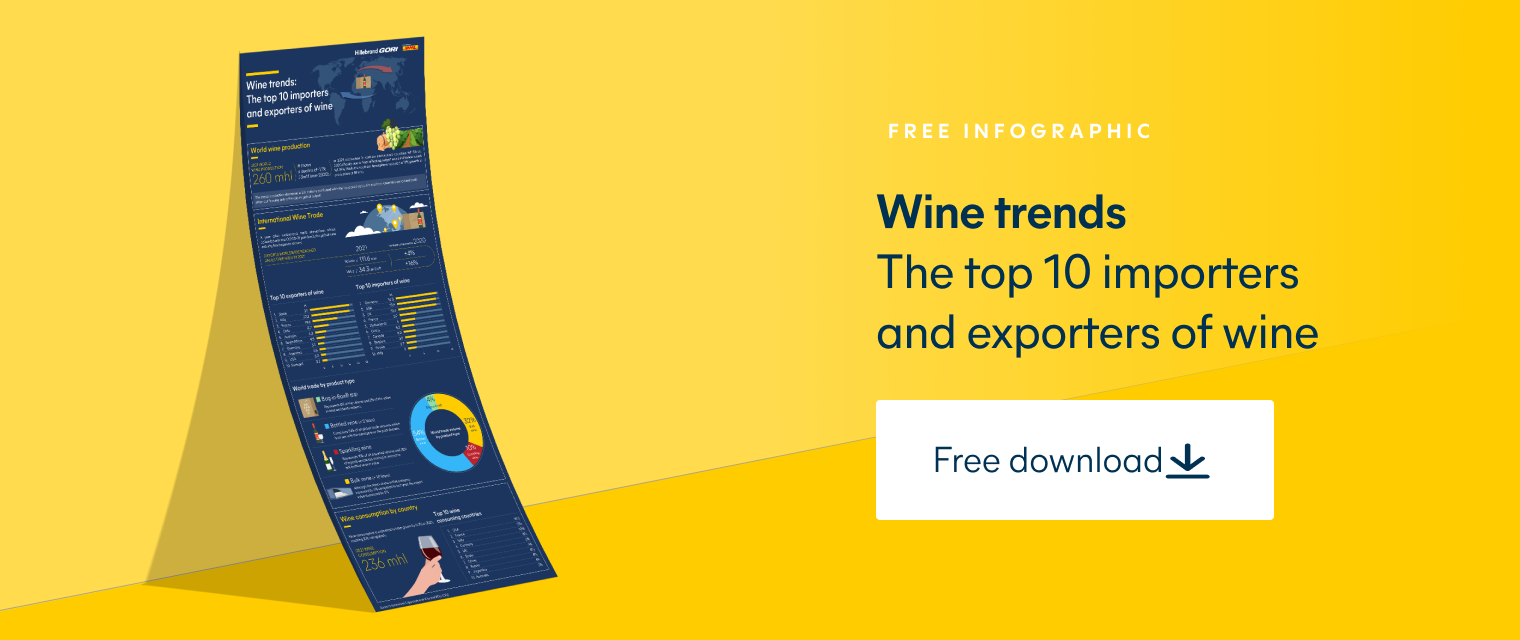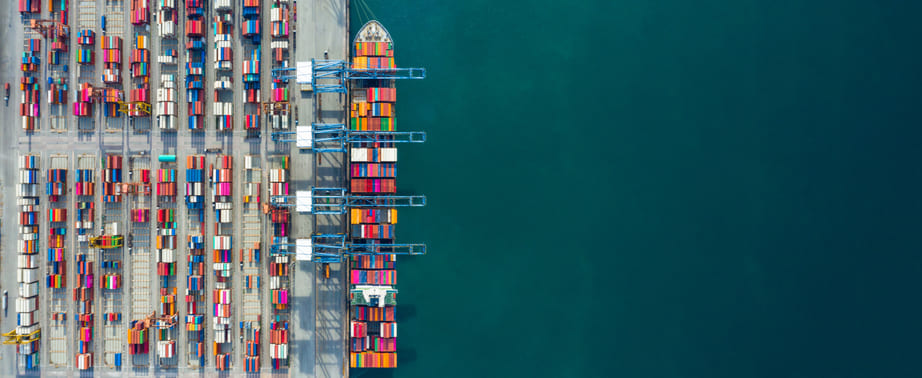Port supply chain: The role of ports in shipping wine
The movement of wine around the world is a complex, interdependent process.
From production to delivery, pallets of wine, beer or spirits must pass through many checkpoints and be handled by various people. In this process, ports play an essential role in facilitating imports and exports and ensuring wine shipments reach their destination on time.
Let’s dive into the port supply chain and how ports support global wine shipping.
What are ports?
Ports are the maritime entry and exit points of a country’s logistics network, making them vital for the global supply chain.
They serve as a link between customers who receive goods from abroad, suppliers who export them and shipping companies who transport them.
The port supply chain and why ports are important
Ports are a vital component in the international shipment of beverages like wine. They are the place where container shipments are brought to for export or arrive at for import, and the physical location where customs checks are performed if required.
How do ports operate?
The port supply chain involves several processes.
Ports receive containers (for departure), which are then stacked, positioned and loaded onto vessels before they set sail. This is often referred to as the Port of Loading (POL).
When vessels arrive at their destination port, the Port of Discharge (POD), the containers are offloaded and go through customs clearance before being delivered to their intended recipient. At this stage, customs officers may randomly inspect container contents.
They may also inspect a container if the paperwork associated with it has been filed incorrectly. The bottom line; no container can be removed from port until these inspections/clearances have been completed.
The port supply chain: congestion and omissions
Unfortunately, there have been some issues with port congestion recently because of several factors, including:
Blank sailings.
Supply chain delays caused by pandemic-related disruptions.
The Ukraine war’s impact on European ports.
Sometimes shipping lines omit a port from their long-term schedule (LTS). This is what is known as blank sailing. It is often one port, but can sometimes be an entire service that is cancelled.
Some of the reasons why a vessel may be required to deviate from its planned route/schedule are:
Bad weather
Port congestion
Technical issues
Port omissions can cause problems for wine shippers whose pallets/containers were booked for departure from those omitted ports. The consequences for shippers, in these circumstances are often financial, since they will need to look for alternative transport arrangements. This also results in a delay in delivery.
What wine shippers can do to mitigate port problems
Whilst incidents like blank sailings are infrequent, there is often little that can be done in advance to pre-empt it from happening. What wine shippers can do however, is partner with a freight forwarder, like Hillebrand Gori, who specialize in wine logistics and have the agility to manage the situation should it occur. In addition, shippers can help ease the burden of port supply chain issues by:
Creating a flexible supply chain with robust forecasting and planning
Plan ahead with a realistic lead time in place
Use real-time shipment management tools like myHillebrandgori to manage your orders
Stay informed about your trade lanes with Hillebrand Gori’s Trade lane updates
Sign up to receive our State of the Industry report for the most up-to-date look at the logistics landscape
Port supply chain: What’s next?
As you can see, there’s a lot involved in the port supply chain.
Despite the challenges posed by congested ports or omitted stops along routes, ports remain an integral part of the supply chain and our global economy. They will continue to play an essential role in facilitating international commerce well into the future.
That’s why wine, beer and spirits shippers must stay abreast of the latest developments in ports and the global supply chain to ensure their shipments arrive safely and on time at their intended destination.
Want to learn more about the global wine industry?
Download our infographic on the top 10 importers and exporters of wine of 2022.





